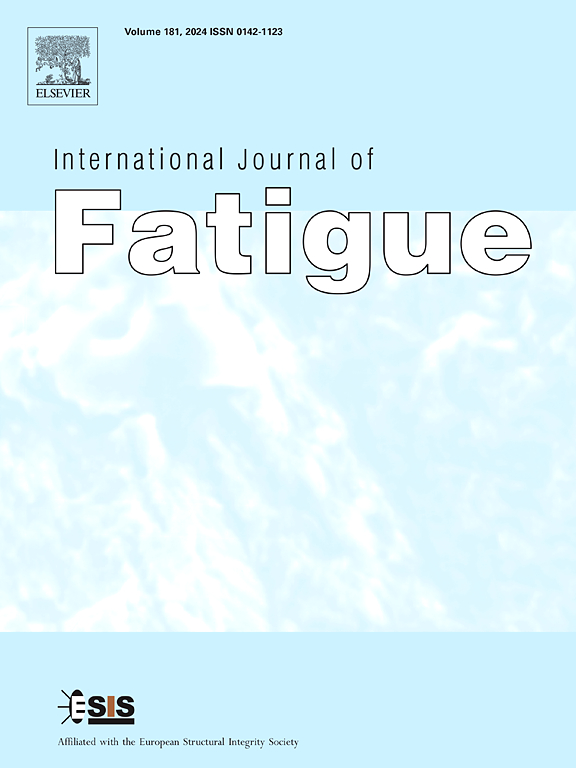Reduced Activation Ferritic-Martensitic (RAFM) steels are the candidate structural steels for In-Vessel Components of fusion reactors. Since the operation of a tokamak-type fusion reactor is cyclic by its nature, thermomechanical fatigue will be one of the limiting factors defining the life of the plasma-facing components exposed to neutron irradiation. The assessment of fatigue life requires considerable efforts in terms of low cycle fatigue experiments, which is extremely complicated on neutron-irradiated specimens inside the hot cell environment. Performing tensile tests is instead much faster, technically easier and more cost effective than performing fatigue tests especially on neutron-activated specimens. Therefore, a method for predicting fatigue life based on the tensile properties would be an important asset to assess the design of IVC when experimental data on fatigue are not available. Here, several fatigue life prediction methods based on Universal Slopes Equation were assessed based on the fatigue test results of RAFM steels in the irradiated and non-irradiated conditions to choose the best method. Analysis of the available fatigue database showed an effect of test medium and specimen size on the fatigue life. This effect was quantified and added to the selected method by means of scaling factors. The chosen method with the scaling factors was able to predict the fatigue life of irradiated and non-irradiated RAFM steels with an accuracy of 95% within the sleeve of factor three. The modified equations were then used to predict the fatigue life of irradiated RAFM steels at irradiation doses for which the fatigue data is not available.


